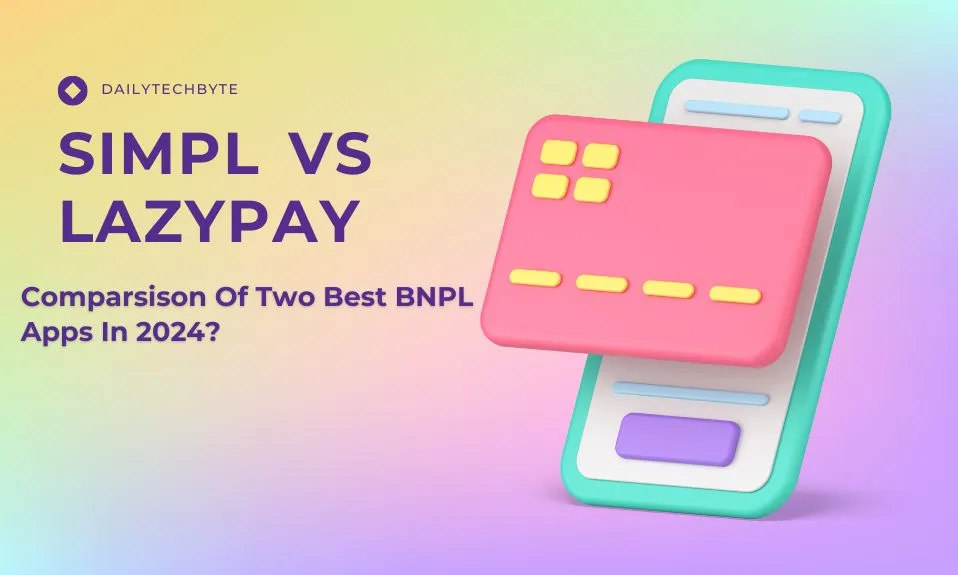
The world is becoming a revolutionized village handling everything online and the integration of Know Your Customer in banking and other industries is a set of check methods executed in the business sector for identity verification. It is mainly designed to authenticate the entities. KYC verification assists banks and other financial institutions to verify that the consumer is who they claim to be when enrolling on the online platform while opening a new account.
Article Highlights
- Understand the concept of online KYC verification in the banking industry.
- Learn the three-step Know Your Customer identification method
- Explore 3 different types of KYC tools
- Traditional KYC Vs. automated KYC
What is Online KYC Verification in Banks – Explained
Know Your Customer is a critical aspect in the fight against illegal crimes and financial fraud. The know-your-customer process is a vital aspect of the banking sector. It allows the financial industry to validate consumer identities and comply with regulatory compliance. It eliminates the potential money proceeding risks throughout the journey. These strategies make identity verification the first line of defense in better-assessing consumers’ risk levels.
However, the series of KYC verifications is helpful for the bank’s identification at the start of their relationship; customer identification obligations continue throughout the customer journey. Additionally, it allows them to comply with the AML (anti-money laundering) and CDD (customer due diligence) rules and regulations, assisting in both ways, involving brand image and safety shield against monetary losses.
Discover 3-Step Customer Verification Process
The proactive security steps have reformed business security and eradicated the risk of commencing relations with illegal consumers, sparing an organization from non-compliance penalties. However, illicit activities do occur, and they often take place due to unauthorized access to cloud-based platforms, due to which customer verification is a key factor in combating fraud resulting in KYC compliance. The comprehensive identity authentication process comprises much more. Here are, the most critical components of the consumer verification method also called 3 step identification method:
- Customer Identification Program (CIP)
- Customer due diligence(CDD)
- Constant Screening
Categories of Know-Your-Customer Tools
Customer identification holds paramount significance in the banking industry as it ensures that the consumers are not associated with an illegal operation previously. To know more about the know your customer tools, check the list addressed below:
Document Identification
Validating documents authenticates that the documents submitted are legitimate and cross-checked against other data sources. It plays a key role in the KYC approach, enabling the banks to verify consumers’ identity and address by inspecting the records, including driver’s licenses, passports, Aadhar card or proof of residence. However, integrating innovative confirmation tools for documentation allows the banking industry to improve customer onboarding while eliminating the associated potential risks during new account openings and other financial services.
Biometric Authentication
Biometric Verification systems enable the fintech and banking sectors to enhance their customer’s security while integrating specific biological features like thumbprints and face recognition for authentic identity confirmation.
The primary preference focuses on attaining better protection and user satisfaction levels, outweighing potential obstacles to pursuing an improved user experience rate. Regardless of the potential challenges, the risk of theft and data breaches may lead to ID spoofing attacks, other account takeover assaults, etc. However, the banks are likely to persist with biometric authentication in KYC verification processes.
Risk Assessment and Data Confirmation
Using data verification and risk evaluation techniques in KYC verification is vital to ensure customer details’ accuracy, integrity, and coherency. It can assess the associated potential threats and enables the banking industry to make wise decisions while adhering to regulatory requirements. Complying with AML rules helps the company fight against fraud detection and money laundering crimes by monitoring client transactions.
Automated KYC Authentication Replacing Traditional Method
The KYC methods were a cornerstone of the banking and fintech sector, instituted mainly to prevent illegal money exchange, terrorism financing, and other illegal operations. The KYC requires companies to obtain, inspect, detect, and maintain records of their consumer’s credentials and financial details.
It usually involved physical evidence, manual data entry, and in-person checks. The digital KYC verification streamlined the verification method with advanced technology. The consumer can now upload required documents online, and AI algorithms can confirm their legitimacy. The biometric checks, including thumbprints and other face checks, add an additional layer of collateral and ease.
Crucial Findings
In the pursuit of assessing the security and convenience of consumers, the banking industry is increasingly turning to artificial intelligence, deep learning, and biometric technologies in the realm of KYC identification. This involves evaluating high-risk consumers and checking their risk profile with the appropriate customer verification workflow. It has developed the right level of due diligence, maintaining all records and setting up strategies for constant screening.
Also read: How to check Aadhar card link with SBI account?
KYC verification guarantees streamlined customer onboarding processes and automates compliance screening, raising an enhanced, secure, and effective banking structure. The internal compliance teams in the banking sector are accountable for sustaining a compliant KYC method.




